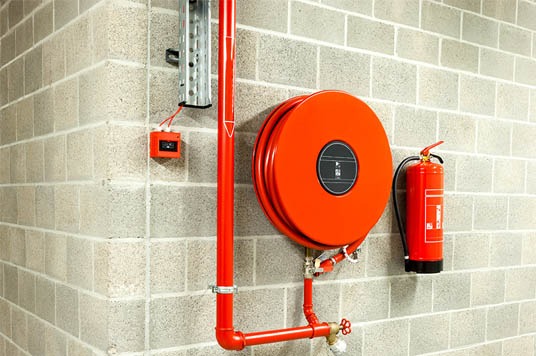High-Pressure Hose Repair Tips for Beginners
2 min read
You can follow several tips to ensure that your high-pressure hose lasts for many years. To avoid paying for repairs that are not necessary, you can perform some preventive maintenance to ensure that kinks and cracks do not develop. Ensure that the water is turned on completely and flowing through the pump. It is good to lubricate the hose with the right grease before you begin. The following tips are recommended by the professional fire safety equipment suppliers in dubai to keep your pressure hose in good shape.
Avoid overpriced high-pressure hose repair:
It is not a good idea to try to fix your high-pressure hose if it’s not in working condition. High pressure can damage hoses, causing serious injuries. While the average person might not know how to fix high-pressure hoses, it is far cheaper than visiting an emergency room. A pin-sized hole in a hose’s coupling can cause a high-pressure stream of water to strike, punch, or rip through the flesh. Don’t try to cover it up with duct tape – it’ll not hold up under pressure and could even cause a serious injury.
Preventive maintenance helps prevent kinks and cracks:
To avoid kinks and cracks in high-pressure hoses, perform regular inspections. Inspect the hose for kinks and cracks and replace the hose whenever necessary. When examining a hose, look for abrasion and cracks. In most cases, the kinks signify hose wear and must be repaired or replaced.
Checking if the water is fully turned on and flowing through the pump:
If you notice that your pool is not getting any water, you may need to check your pump. To do this, you will need to check the pump thoroughly to determine whether it’s functioning properly. Check to pipe and drain plugs for tightness. Also, check the valves and safety guards. If you have a pressure gauge, you can check if the pressure is higher than 15 psi.
If you’re unsure whether the pump is working correctly, check the pressure switch on the pump. Many household water systems come with a pressure switch, which you need to check to ensure that the water is running. If the pressure switch isn’t engaged, the pressure will remain low, which won’t trigger a signal to the pump. Use a water pressure gauge to determine whether the pressure switch is malfunctioning. Moreover, check the pressure on the pump gauge and at the well. If the pressure drops significantly, it’s time to change the pump.



